Report / Oaxaca
Shore start
Japanese architect Tadao Ando has designed a striking new artists’ residency on Mexico’s Pacific coast where artists from around the world can pursue unique projects – and drink tequila.
Oaxaca is southern Mexico’s rugged, mountainous state, dotted with agave fields, vibrant villages and pre-Hispanic archaeological sites that gently descend to seemingly infinite beaches. Surfers from around the world gather at the old coffee harbour of Puerto Escondido, eager to catch their share of the famous Mexican “pipeline”. Half an hour up the coast, fishermen have been wondering at a strange new development: a concrete oblong built right on the beach, the largest palapa (thatched-palm roof building) on the shore.
This is Fundacíon Casa Wabi, an artists’ residency founded by Mexican artist Bosco Sodi and designed by Tadao Ando. It was inaugurated last October, with Ando credited for his sensitivity to the unity of architecture: many parts of the building are doorless and open to the elements. Specks of sand blow through the main living area and a silence and serenity permeates the space.
Sodi is at work in his studio, wearing a frayed T-shirt and a New York Yankees cap (he’s normally based in Red Hook, Brooklyn), his arms wrist-deep in a mound of clay. “I’m working on a new art piece; well, for now it’s more of an experiment,” he says, pointing to three large cubes of dark earth that workers are helping him to trim down. “We’re hoping to make 125 of these into a totem and it’s been an interesting challenge to convince the guys that I’m not completely crazy. I tell them that they’re doing something nobody has ever done before.”
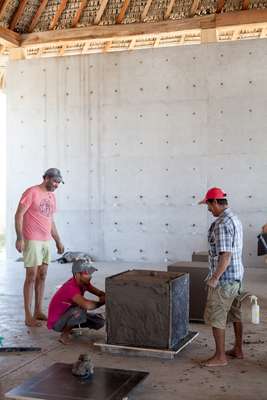
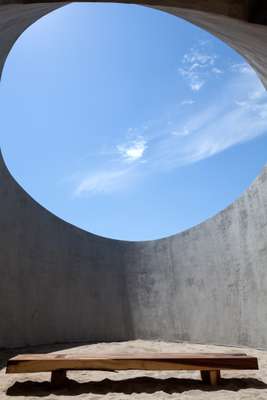
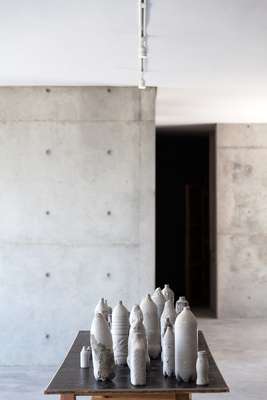


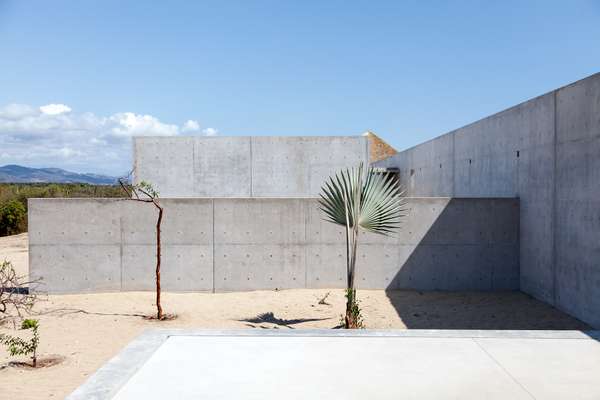
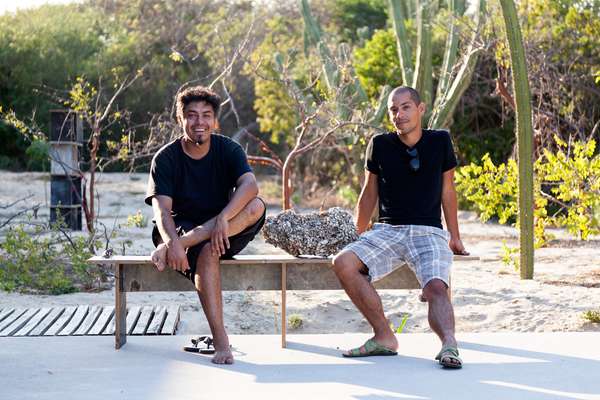

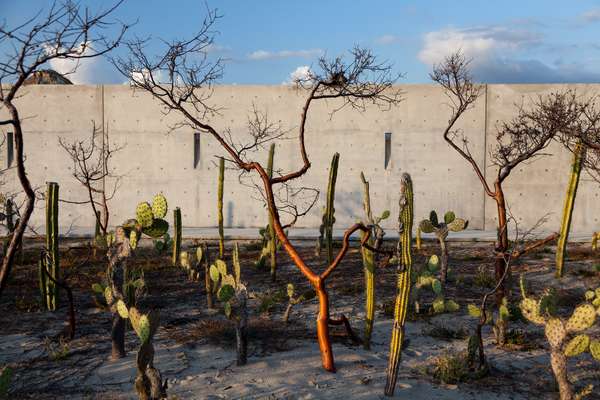
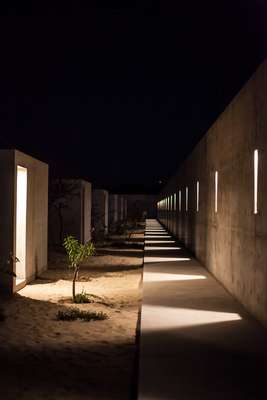
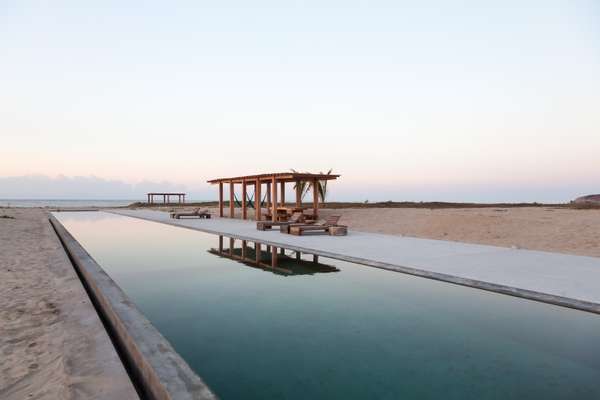


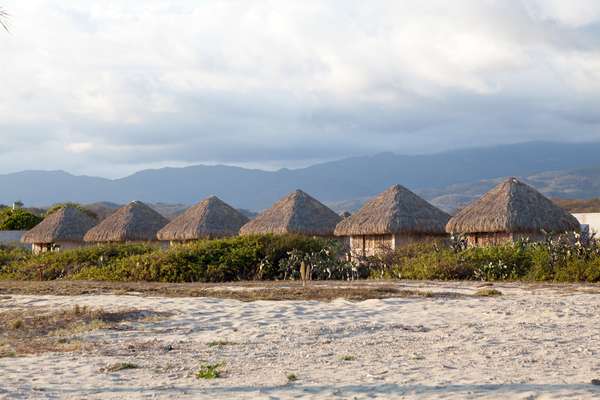
This approach of involving Oaxaca locals in the artistic process is a focus of Casa Wabi, and something that director Patricia Martin – former director and curator of Mexico City’s Jumex Collection – emphasises. “Here in Mexico we live in a country with some very poor regions, yet we haven’t developed a culture of giving back. The beauty of Casa Wabi is that we focus on the relationship between the artist and the community, not just the art piece.” The residency is open to national and international artists from any field, usually from a few weeks to three months, and the foundation wholly funds each programme.
The building’s focal point is the communal dining table, a 10-metre-long chunk of solid parota wood reaching from one end of the shaded palapa space to the other. “It took about 180 people to carry this thing in and it can seat dinners of 40 people,” says Sodi. “But even if it is done with simplicity, everything here has been made by hand.”
As the cook serves up a large bowl of steaming mole (a delicacy of chilli and chocolate), talk turns to the afternoon. Miguel Monroy, who usually lives in Mexico City, is planning to go to El Venado village for a fishing net for his art pieces. “The first ones were so expensive: 4,000 pesos!” It’s an easy vibe but how do you create a rapport with the locals? Monroy talks about Genaro Guevara, an anthropologist that Casa Wabi has recruited to act as a human encyclopaedia and a link to the various groups. Open some beers, small talk, hit back a few tequilas and the ice is broken. Daniel Toca, a wiry writer, is planning on taking the afternoon off from his poetry to ride a horse to the thermal springs nearby, crossing rivers and papaya fields.
The foundation is roughly divided into two sections, with the west side, via an expansive walkway, leading down to two artist studios and six sparsely decorated resident cabanas. On the east are the galleries: 740 sq m of space ingeniously absorbed into the landscape. Behind the main wall is a sprawling botanical garden that Mexican architect Alberto Kalach is landscaping. And on the easternmost tip of the property peeps a half-submerged periscope: those views need an observatory.
Each round of residents is very different; usually about six to eight people come to Casa Wabi at a time. The retreat has played host to the likes of Corban Walker, an Irish sculptor based in New York, and James Fenton, the English poet and critic. It’s all about considering which personalities will work well together. There could be cooks, opera singers, film-makers or architects, and in the days before the retreat opens, everyone helps to get the site ready.
Casa Wabi is a statement piece. And although a paid artist residency might seem an unsuitable vehicle for social change, the requisite to a stay here is that the artists’ work gauges the needs of local communities and leaves behind a tangible, lasting change. So far, at least, this has been the case. Projects have involved the creation of ethnographic museums, engagement with natural surroundings and pride in a cultural heritage that is being lost. The difficulty will lie in whether residents can keep coming up with new – and effective – ideas for the months and years to come.


